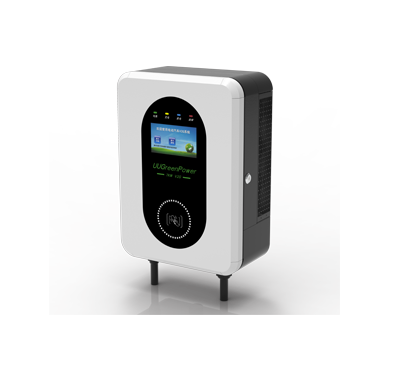In a world where electric vehicles (EVs) are projected to reach over 300 million units by 2040, the integration of Vehicle-to-Grid (V2G) technology is becoming increasingly crucial. Particularly in arid regions, where energy demands and environmental challenges intersect, the v2g ev charger solution presents an unprecedented opportunity for sustainable energy management.
The Unique Characteristics of UUGreenPower’s V2G EV Charger Solution in Arid Areas

UUGreenPower has emerged as a leader in providing innovative solutions tailored specifically for arid environments. Below are key features that highlight how their V2G EV charger solution addresses both local needs and global sustainability goals:
Find more about wallbox ev charger.
- Adaptive Energy Management: UUGreenPower’s system intelligently manages energy flow between the grid and electric vehicles, optimizing usage during peak sunlight hours when solar generation is at its highest.
- Sustainable Water Usage: In arid regions where water scarcity is prevalent, UUGreenPower employs advanced cooling technologies that minimize water consumption while ensuring efficient operation of charging stations.
- Resilience Against Extreme Weather: Designed to withstand harsh climatic conditions typical of arid areas, these chargers feature robust materials and engineering practices that enhance durability and reliability.
- User-Centric Design: The interface provided by UUGreenPower prioritizes user experience with intuitive controls and real-time data analytics accessible via mobile applications—facilitating seamless interaction for users.
- Ecosystem Integration: By collaborating with local utilities and renewable energy providers, UUGreenPower ensures that their V2G systems contribute positively to regional power grids while promoting clean energy initiatives.
A Conclusion on the Impact of V2G Technology in Arid Regions
The implementation of the V2G EV charger solution by UUGreenPower represents a significant advancement towards sustainable transportation infrastructure in arid regions. By addressing unique environmental challenges through adaptive technology and community collaboration, this initiative not only enhances energy efficiency but also contributes to broader climate resilience efforts. As we move forward into an era dominated by electrification, it becomes imperative to leverage such innovations for creating sustainable futures across diverse geographical landscapes.








